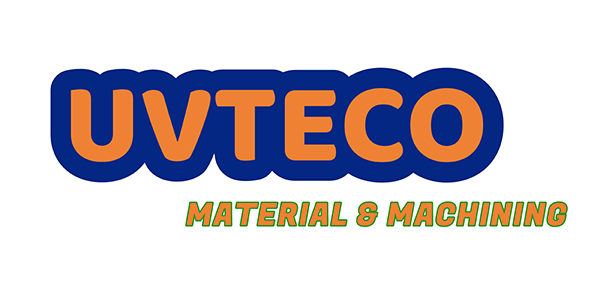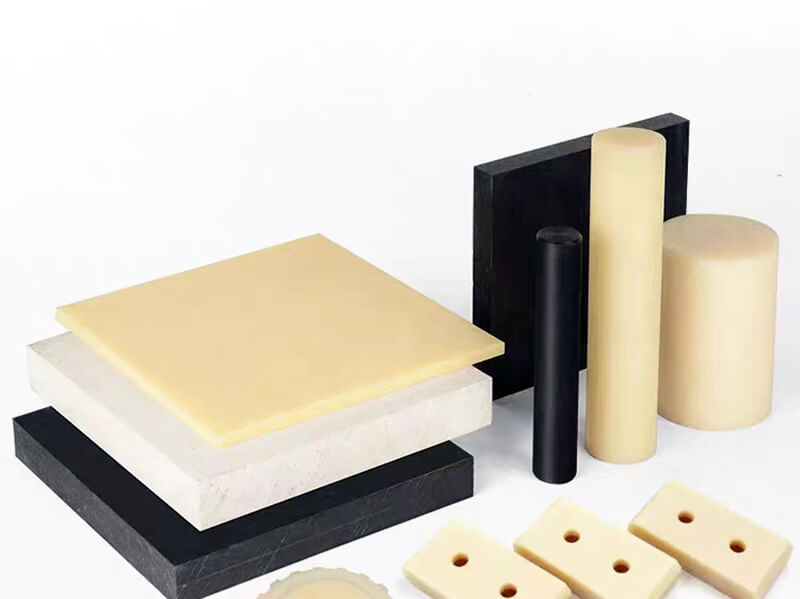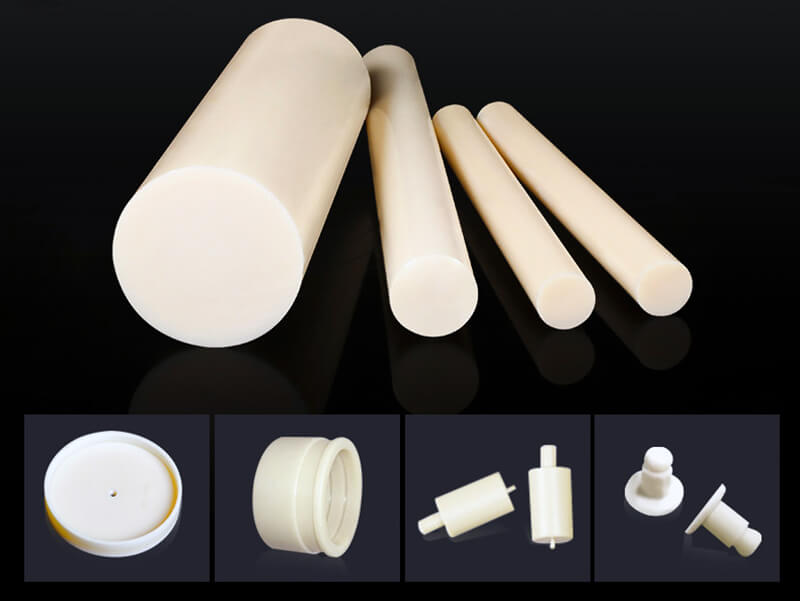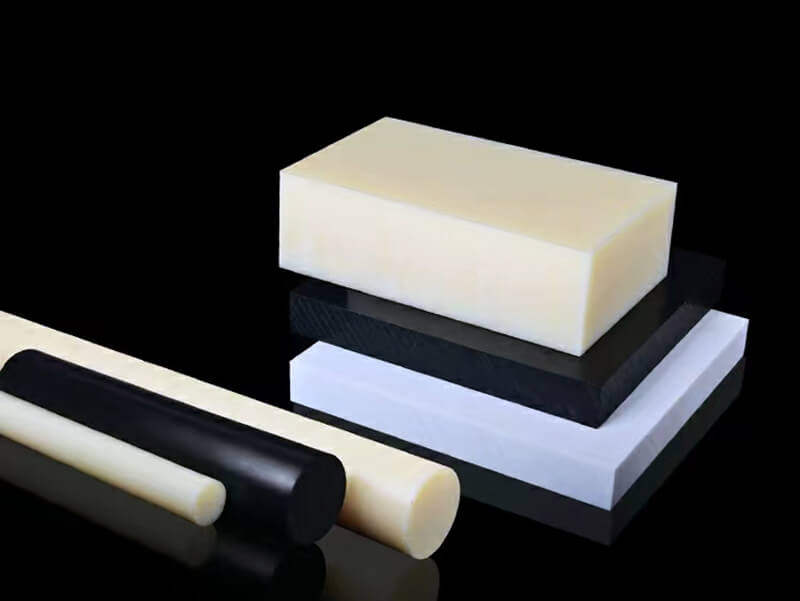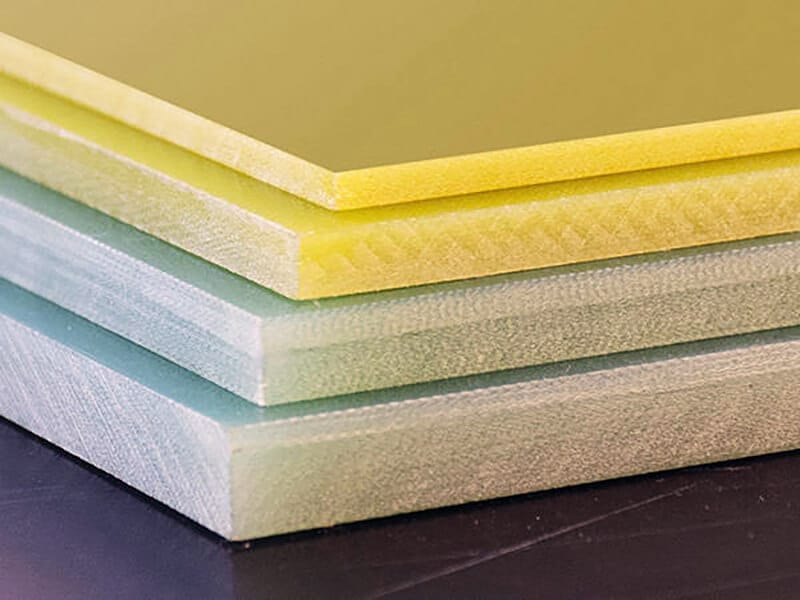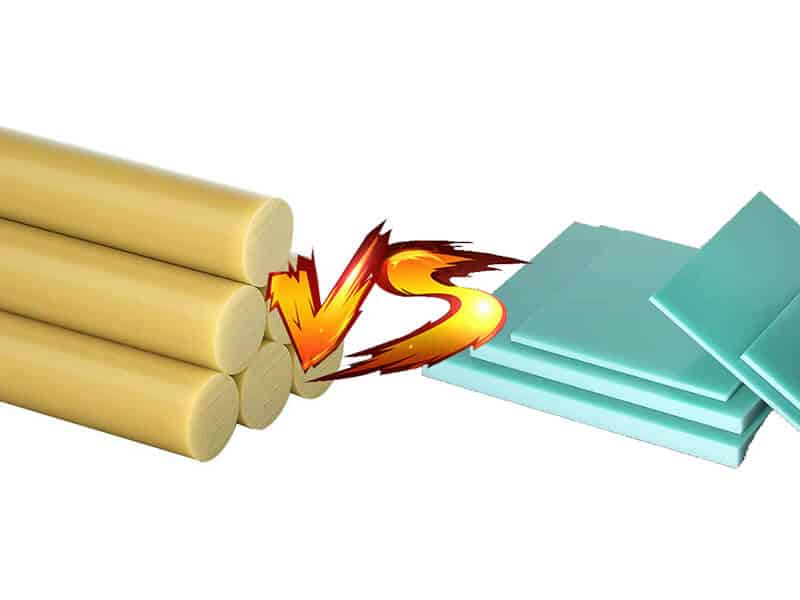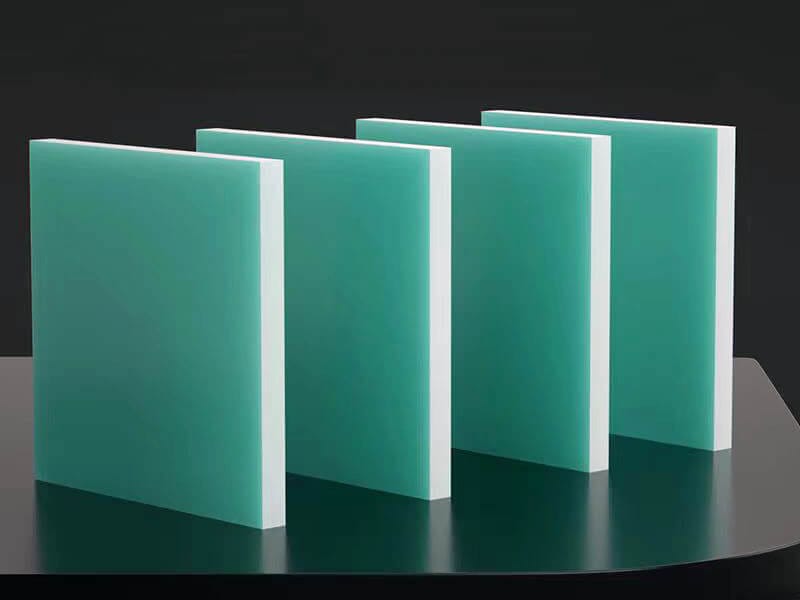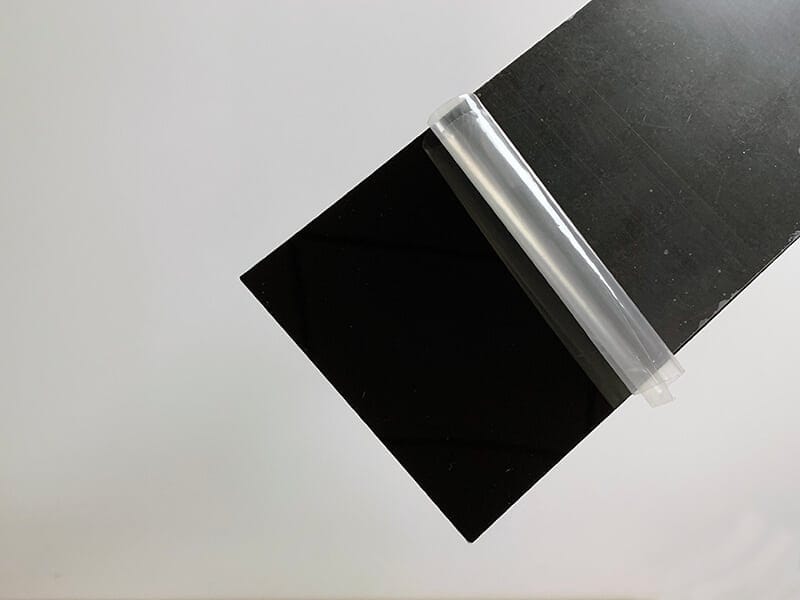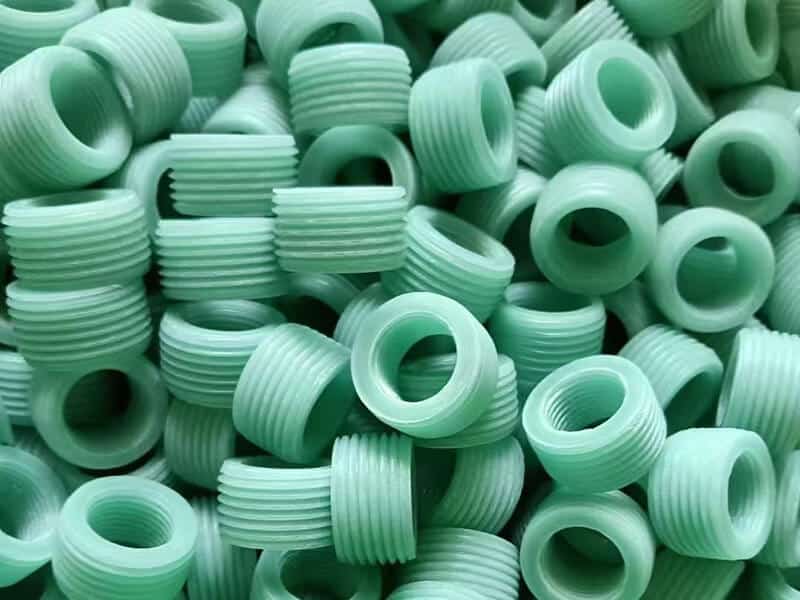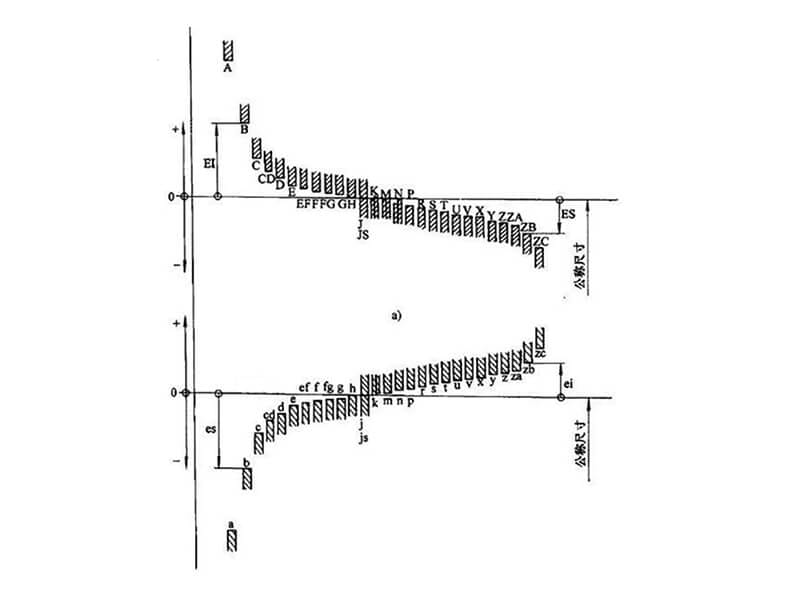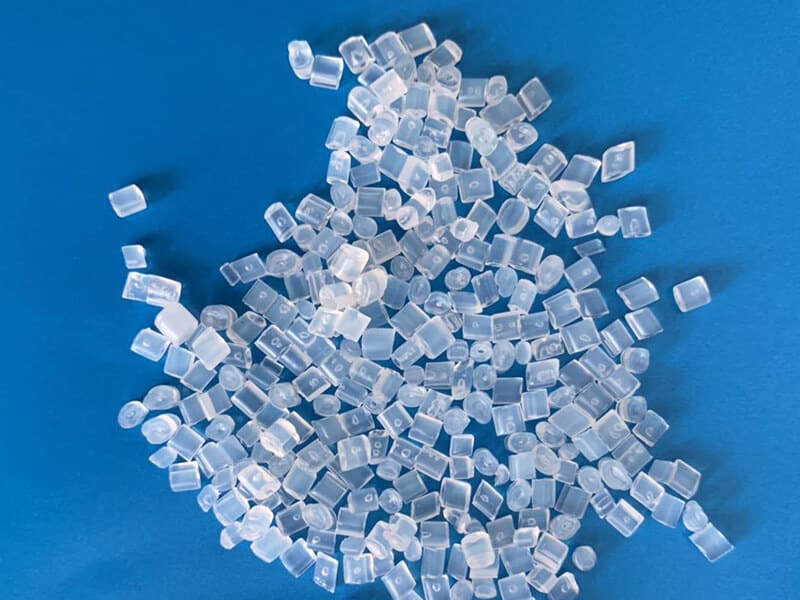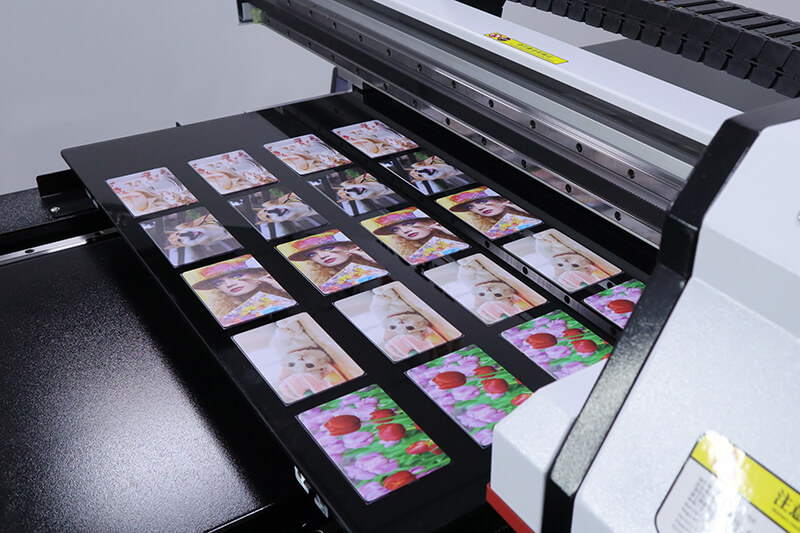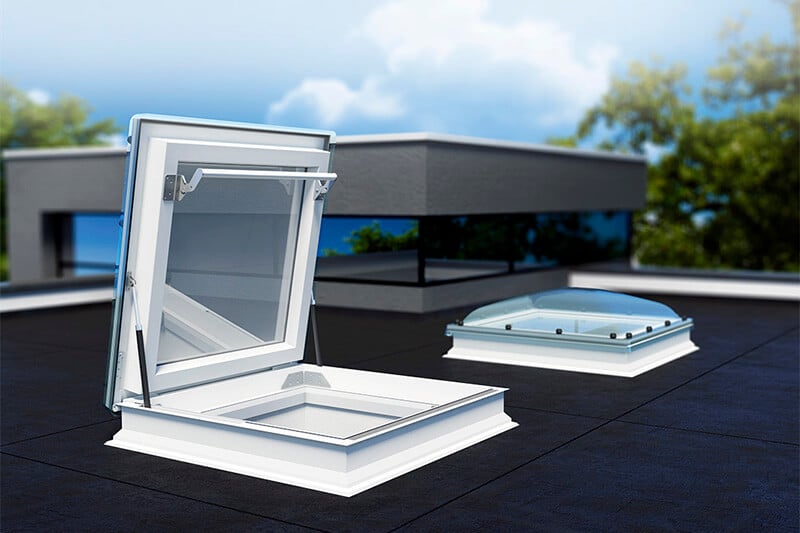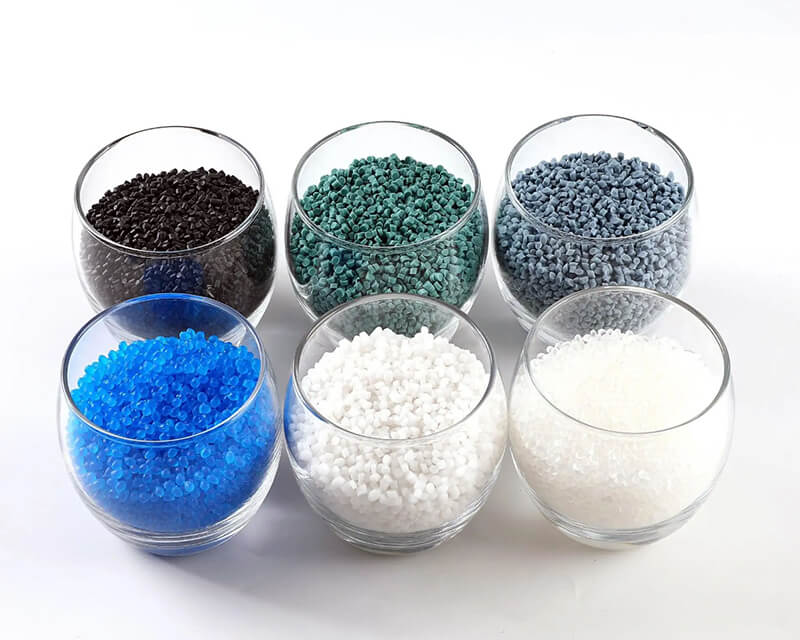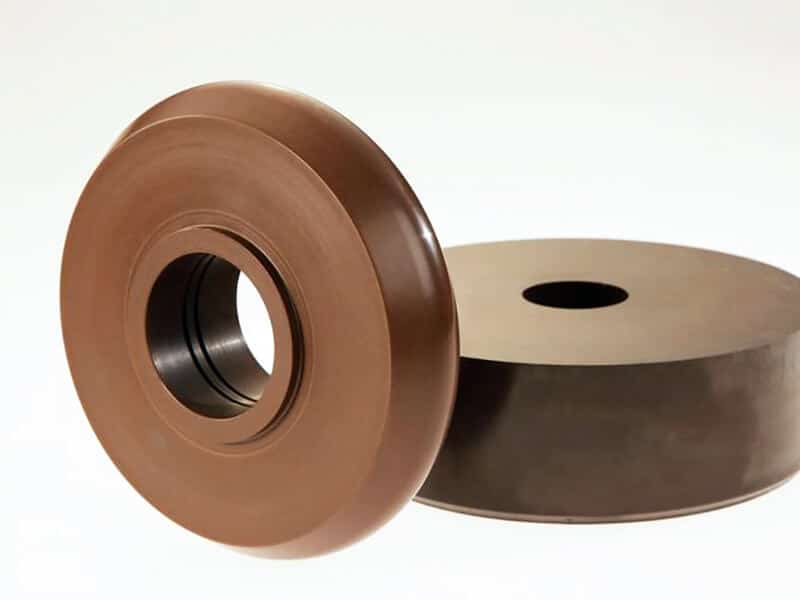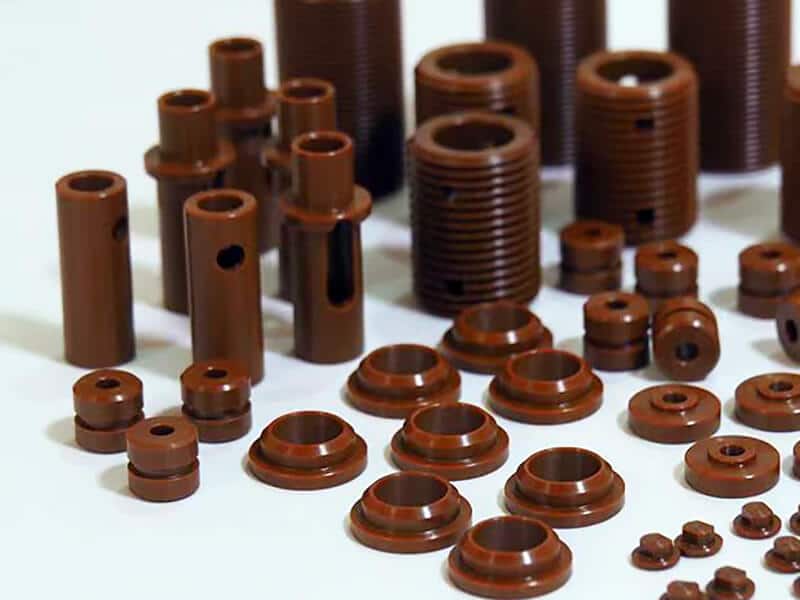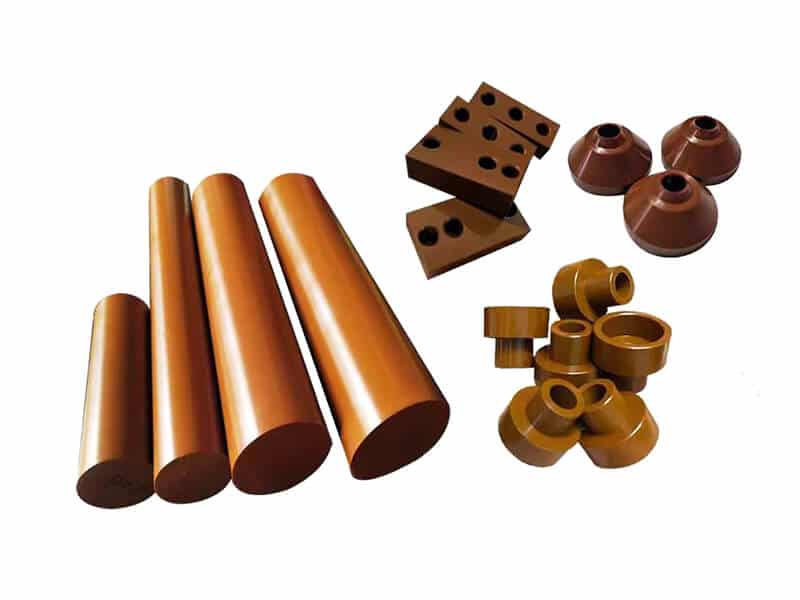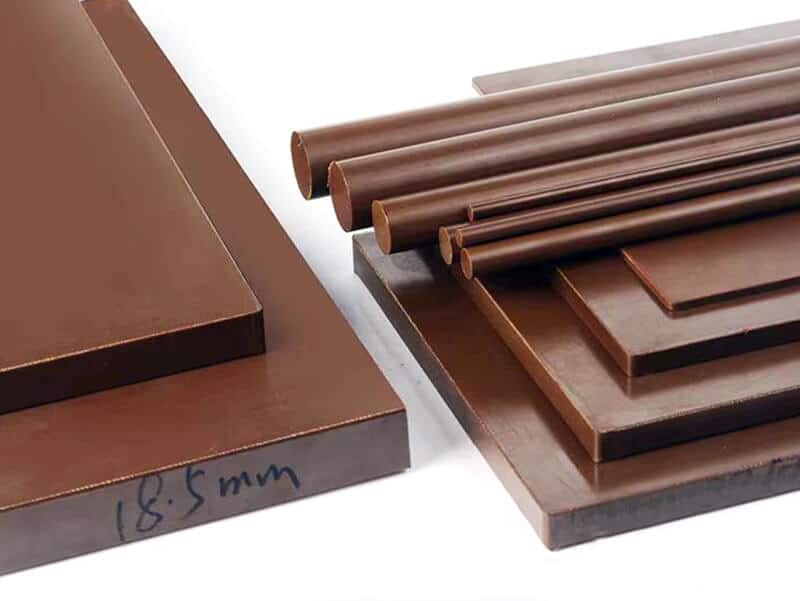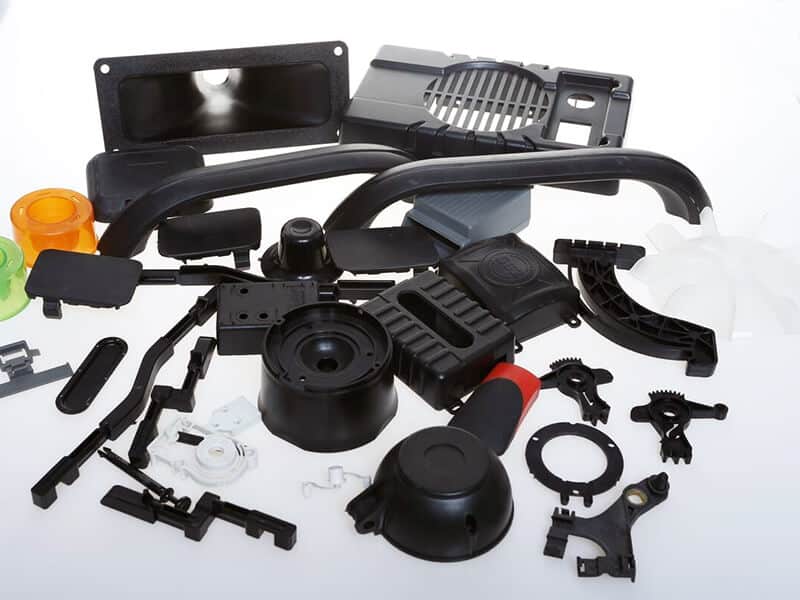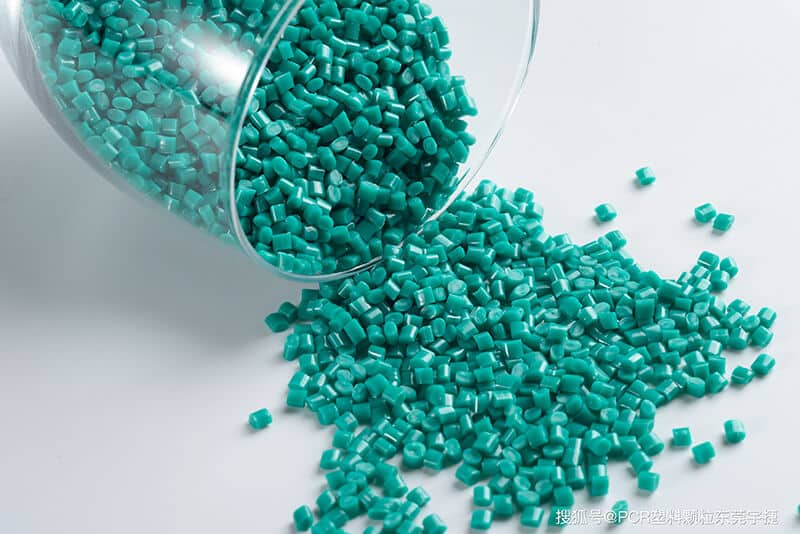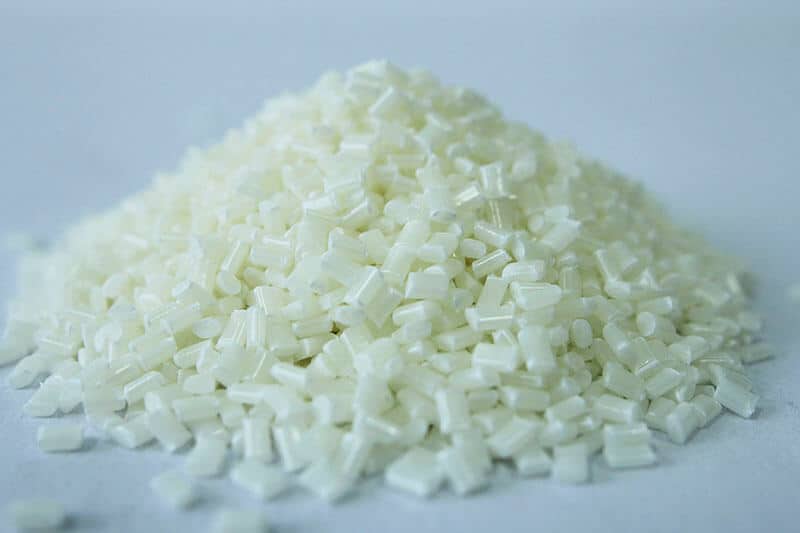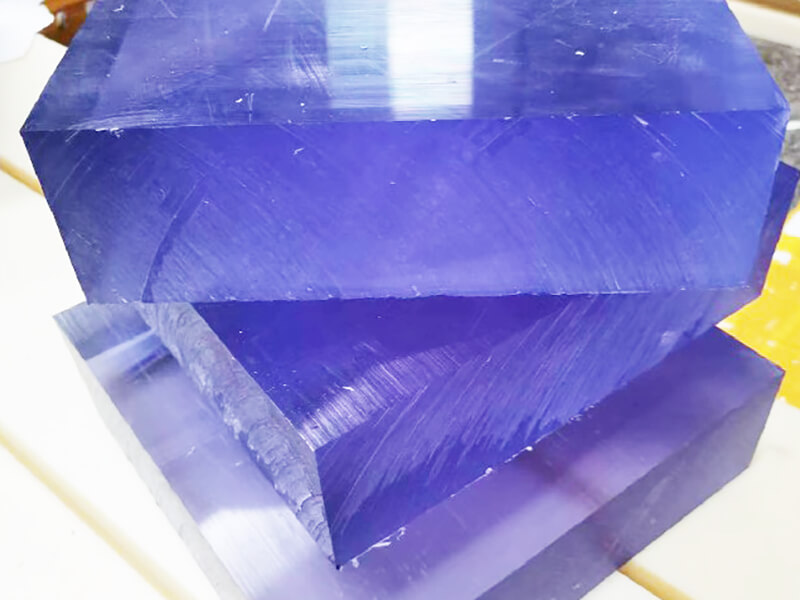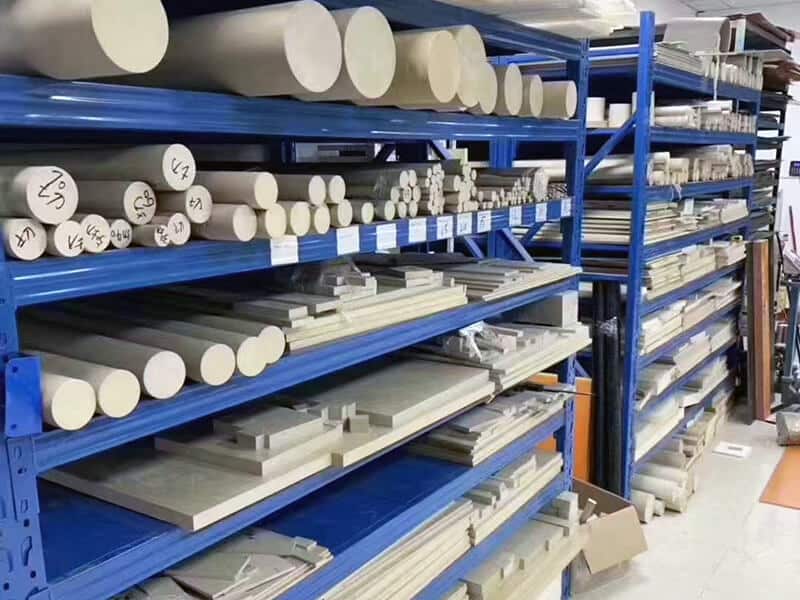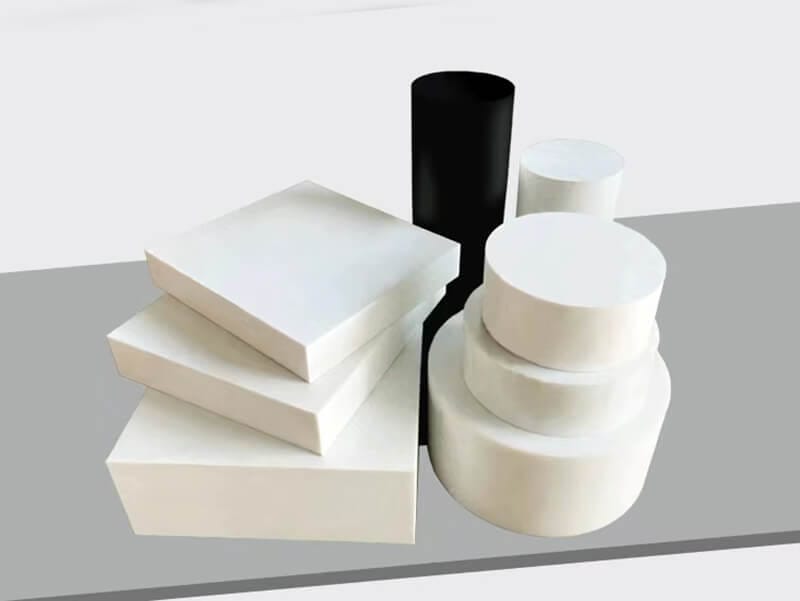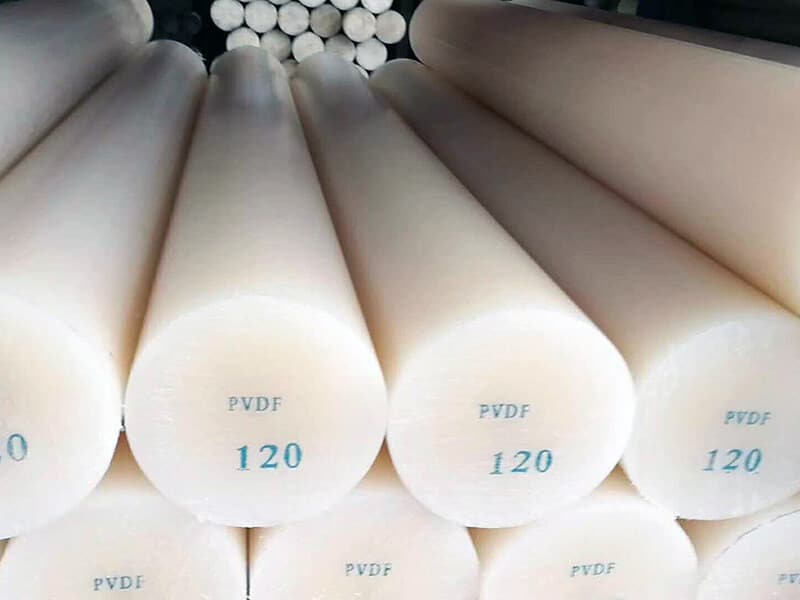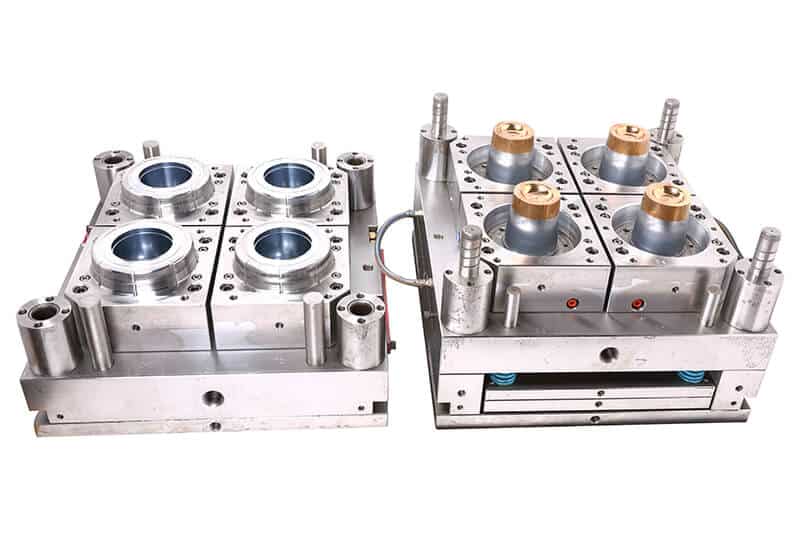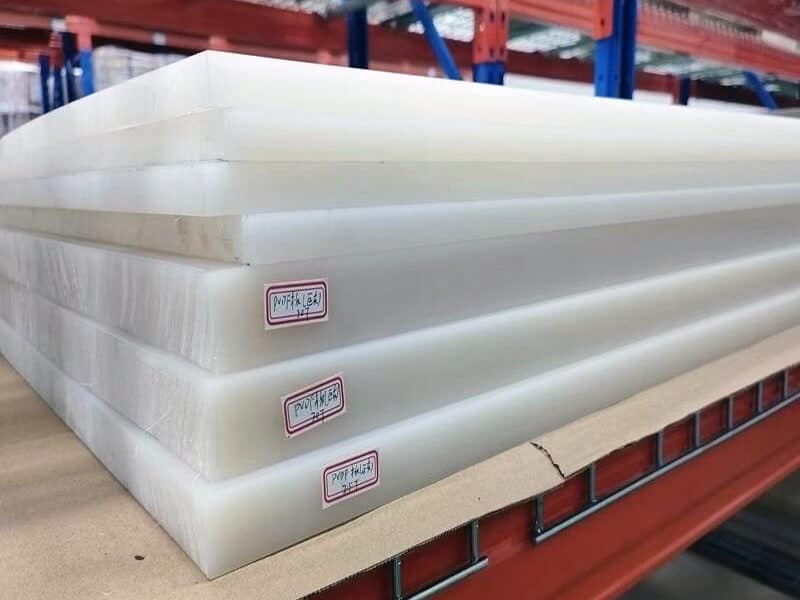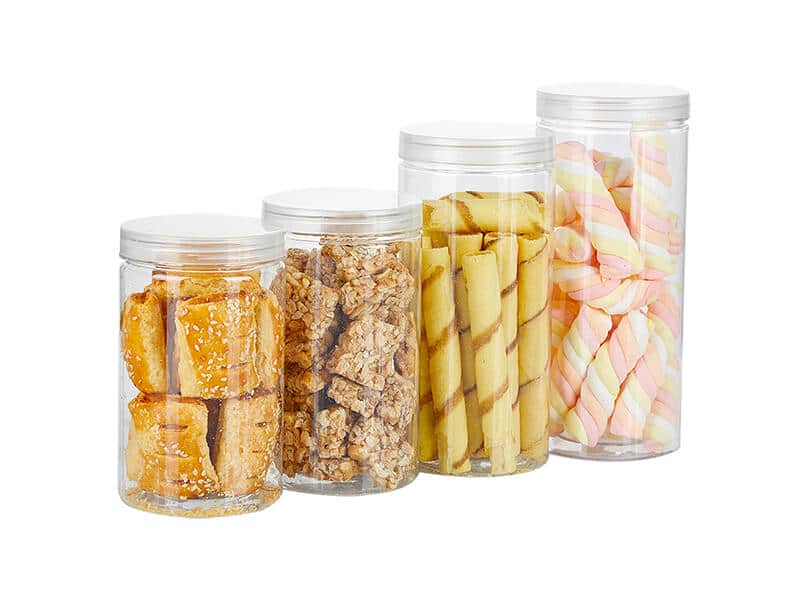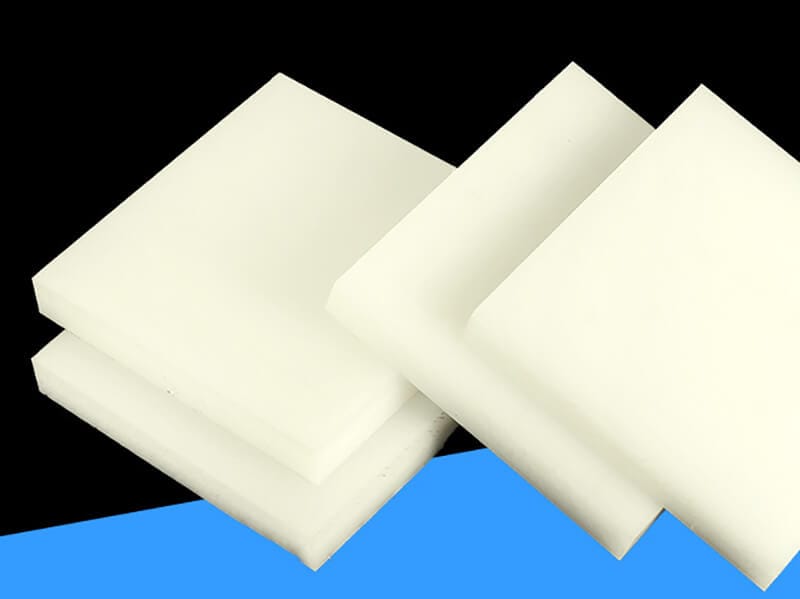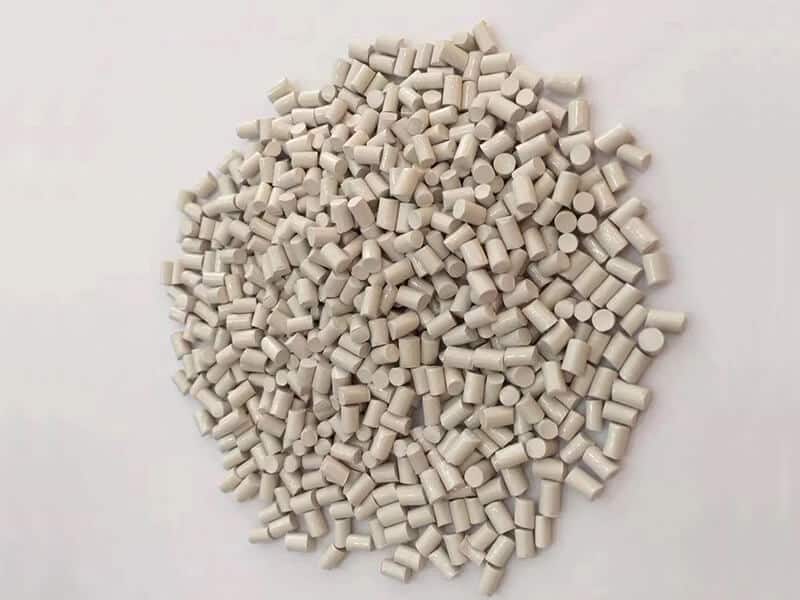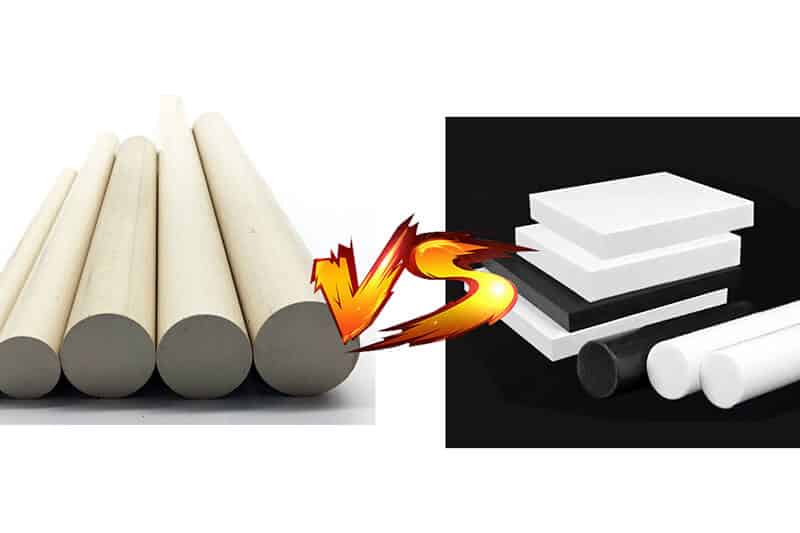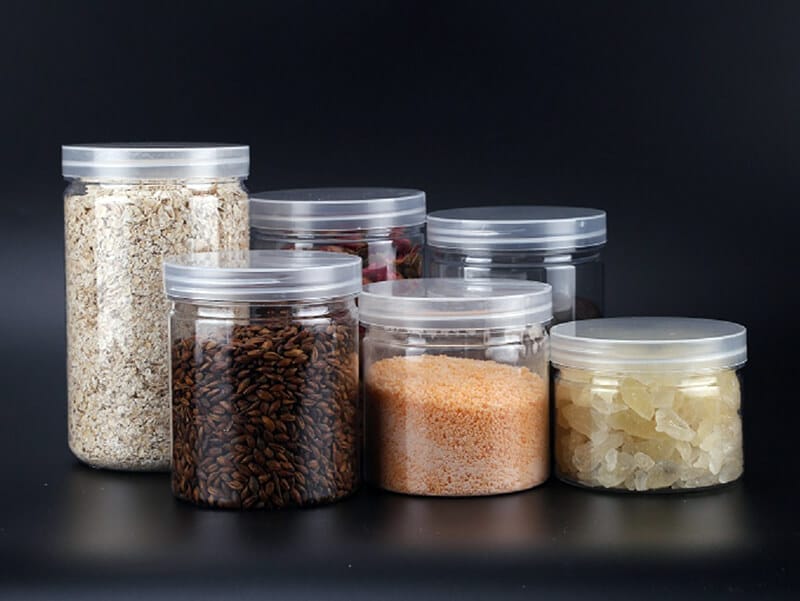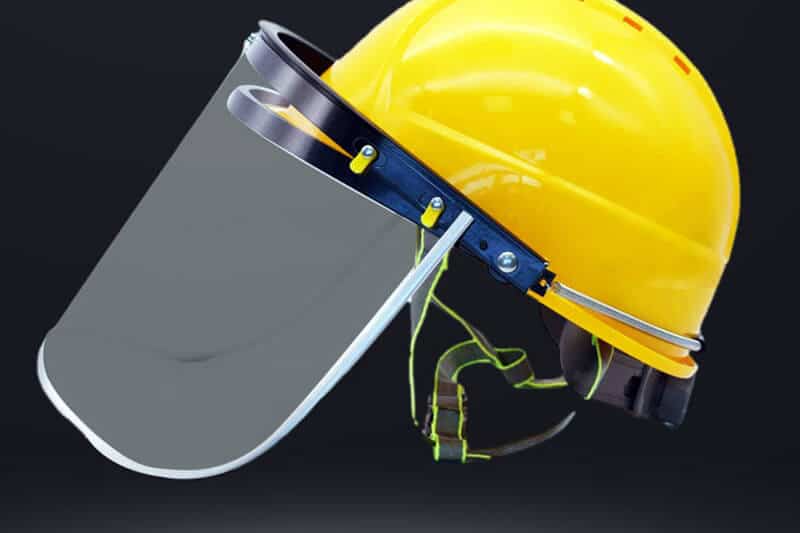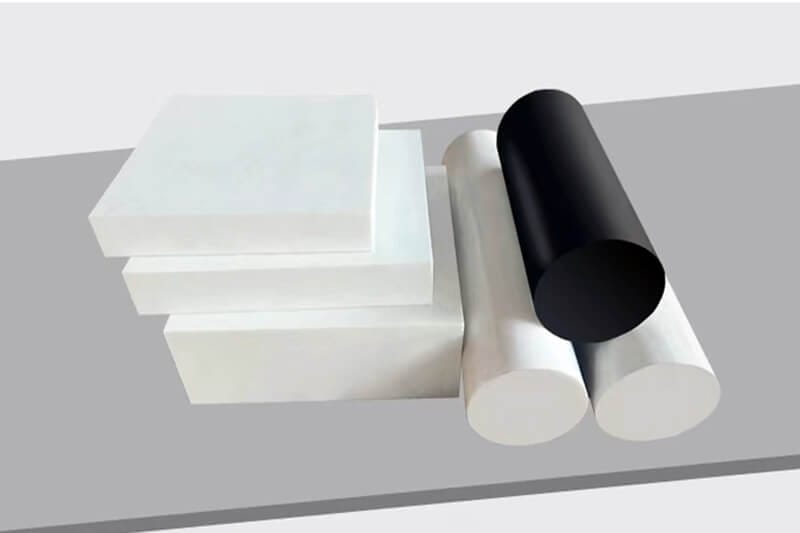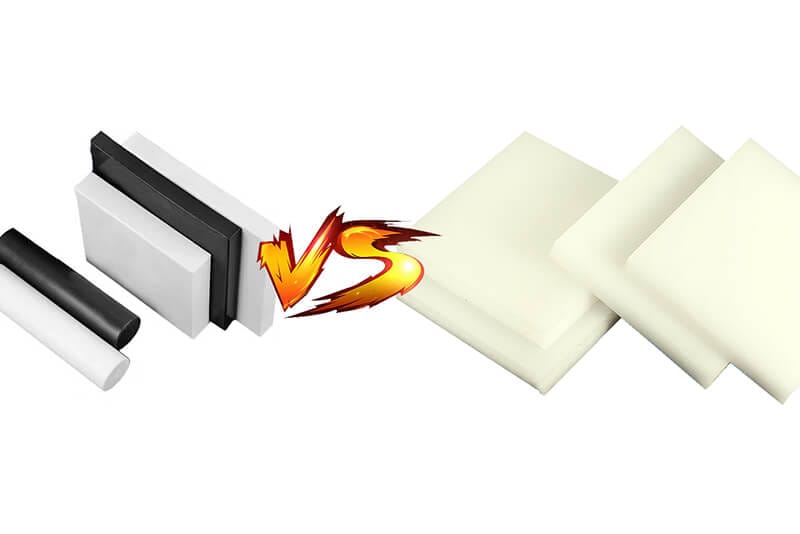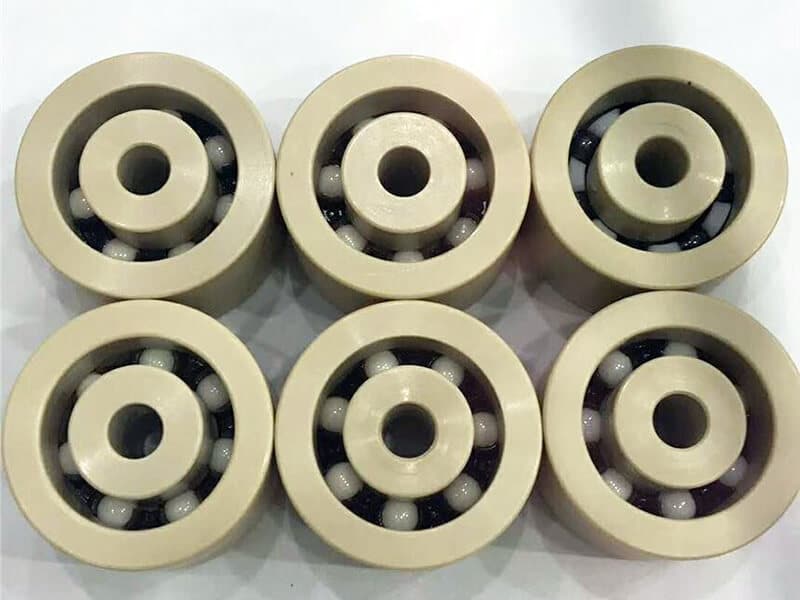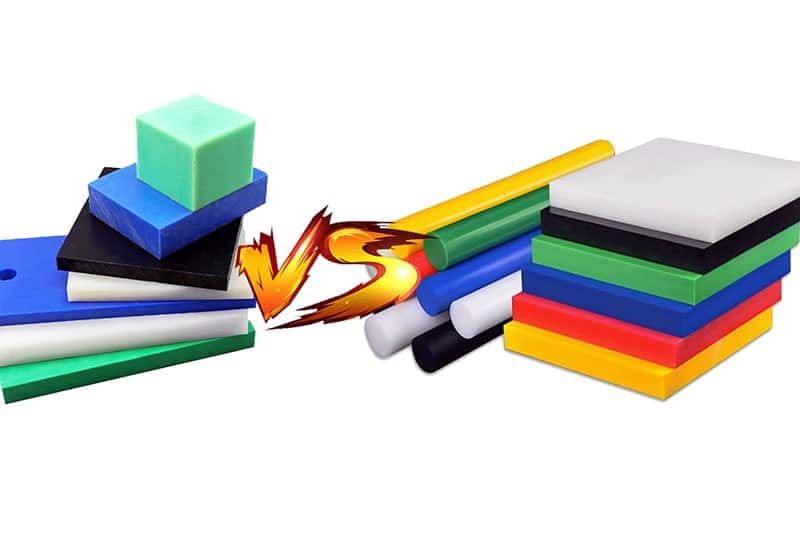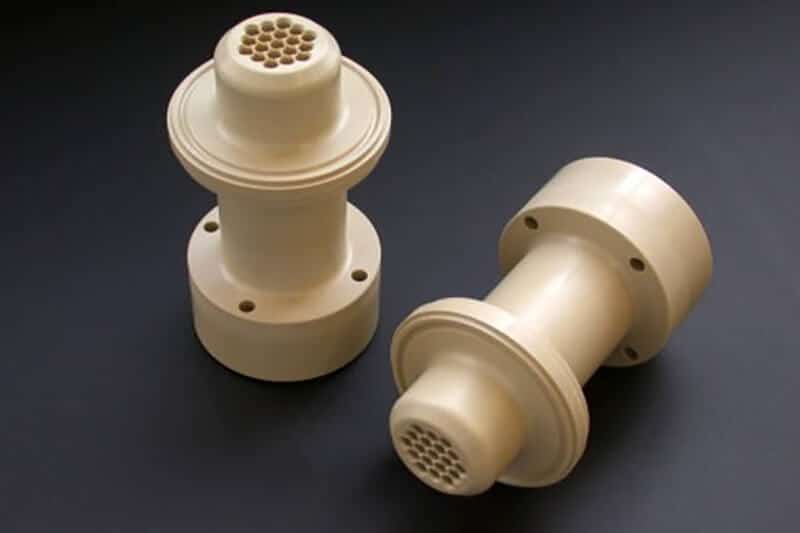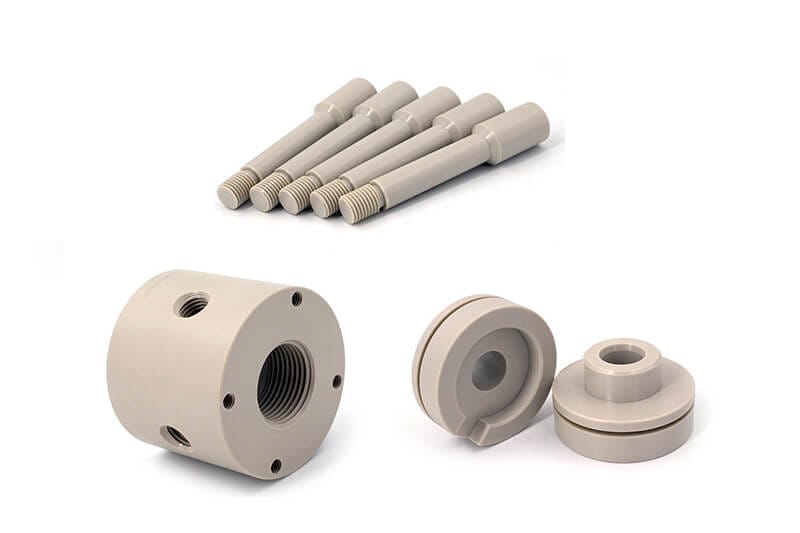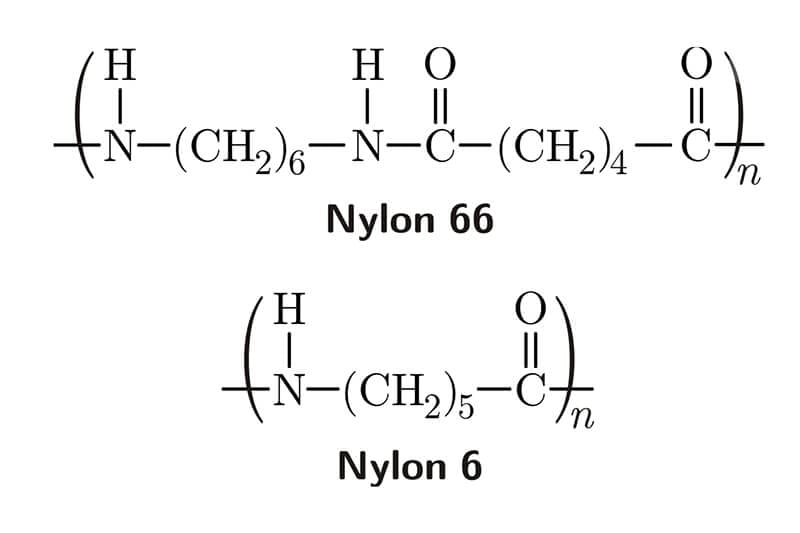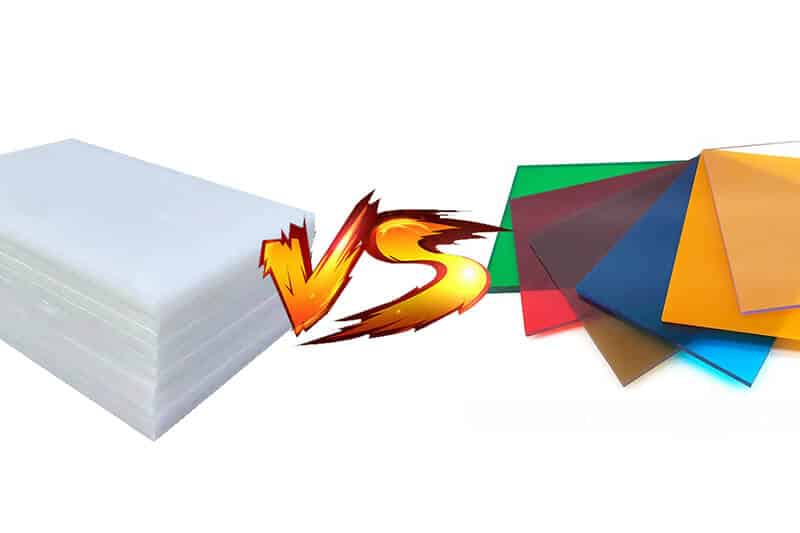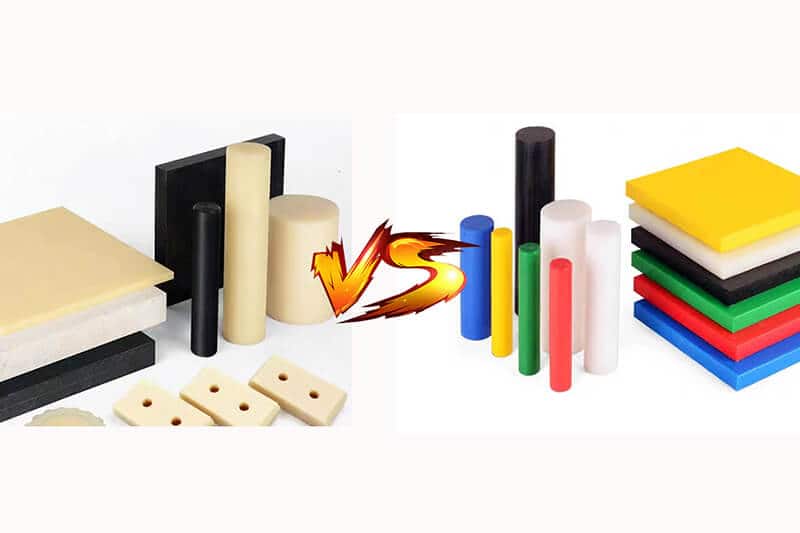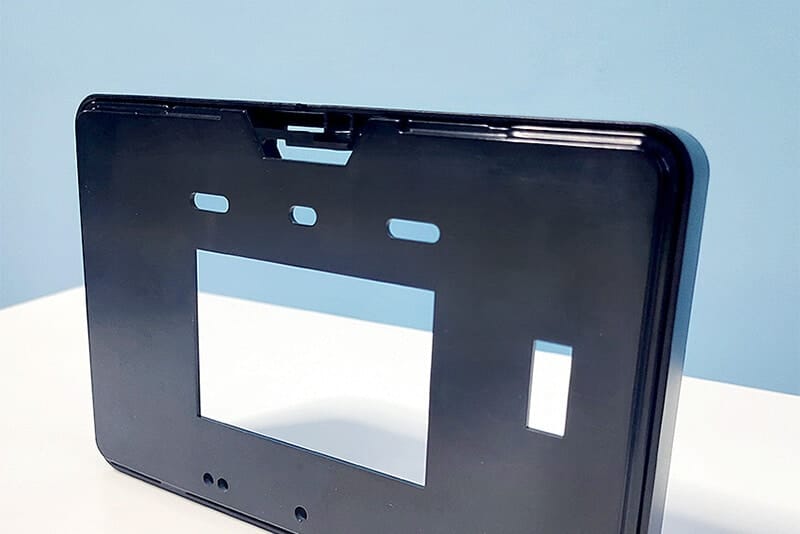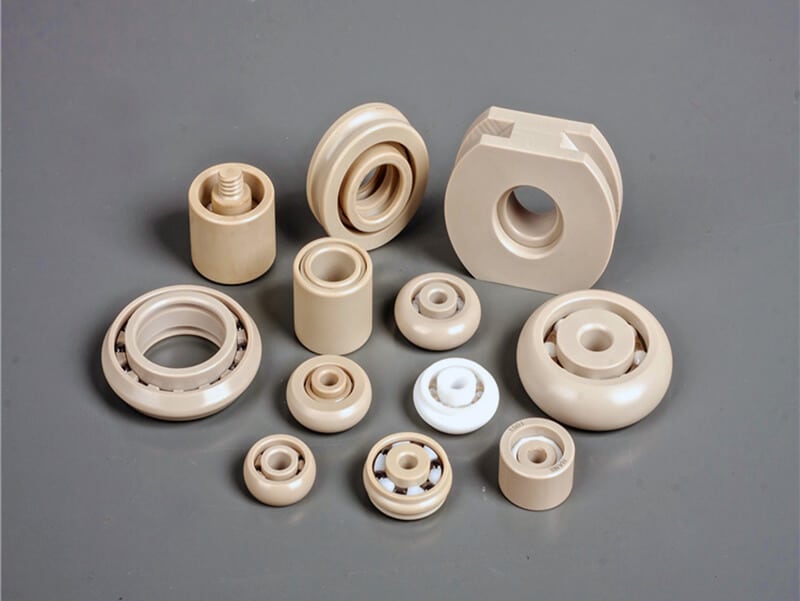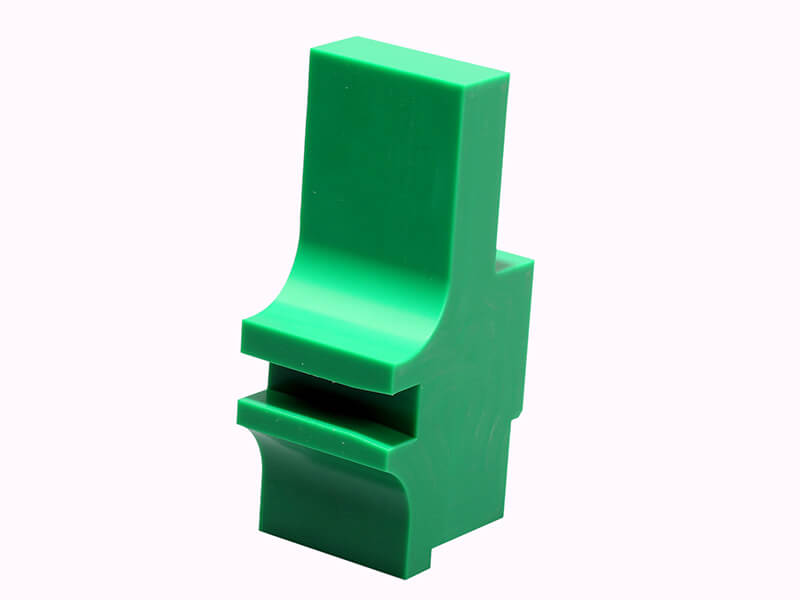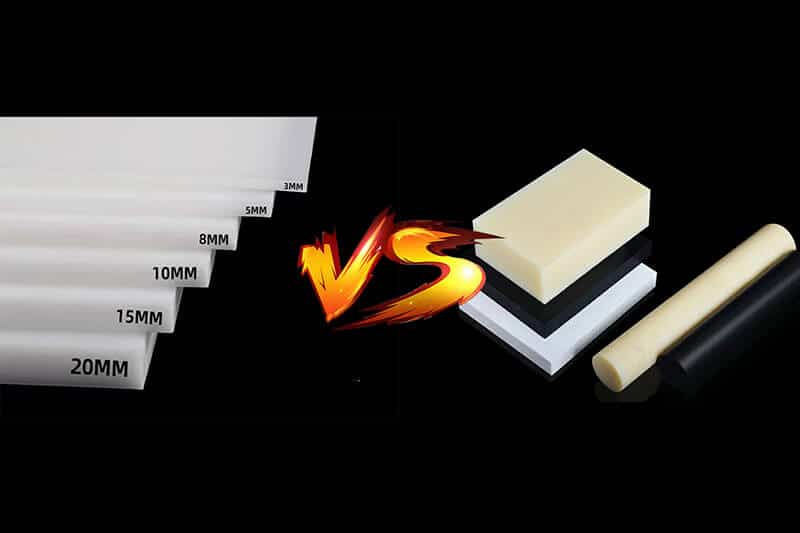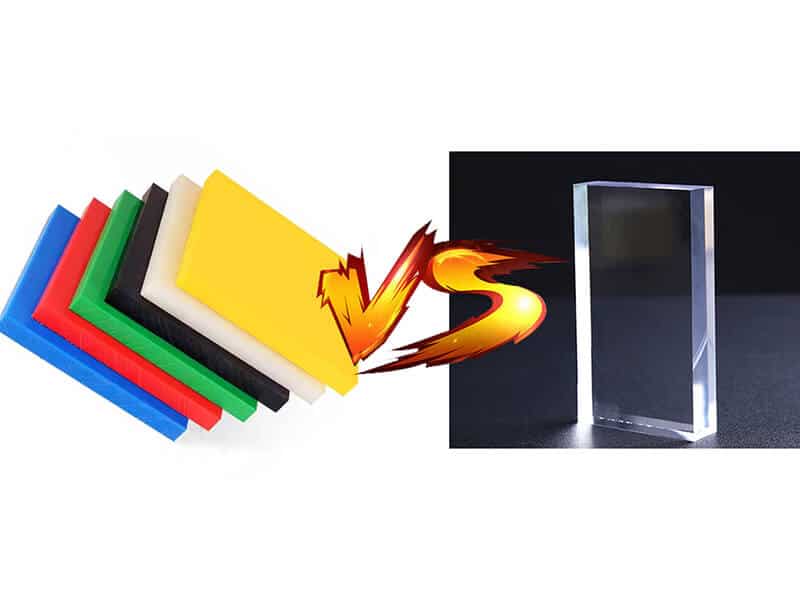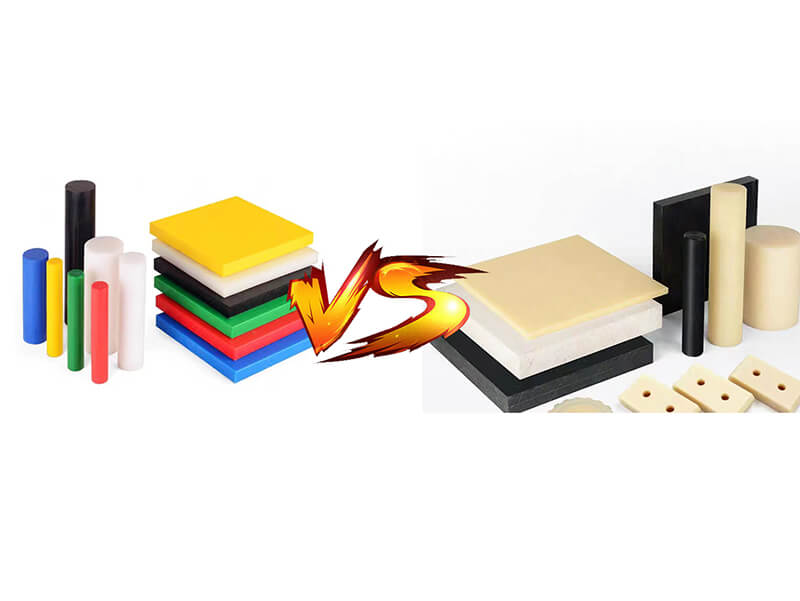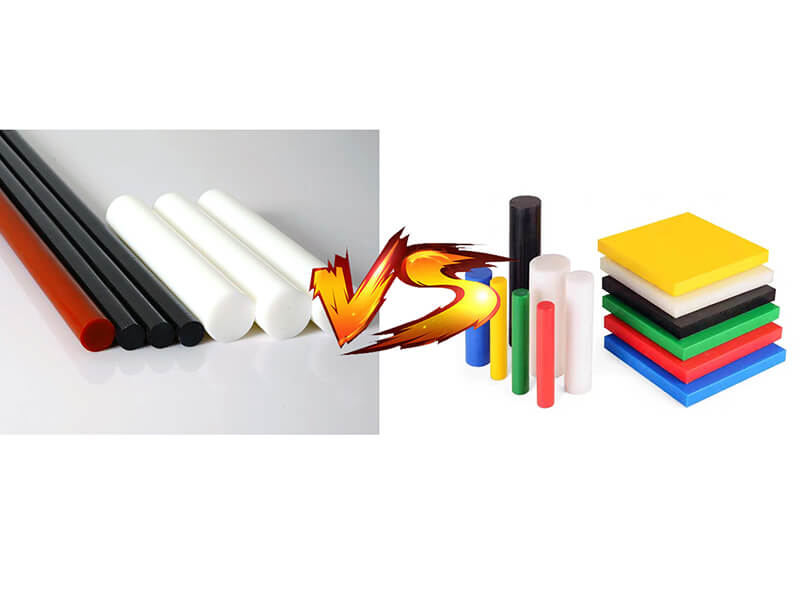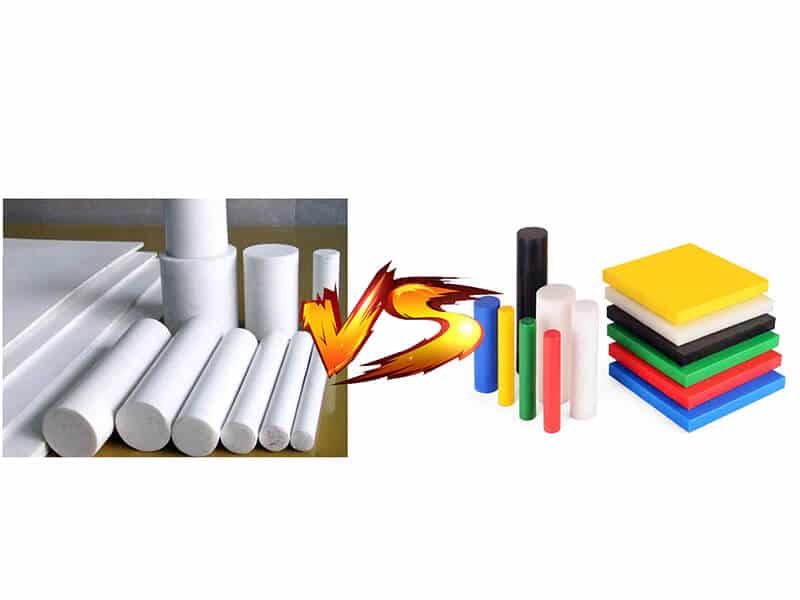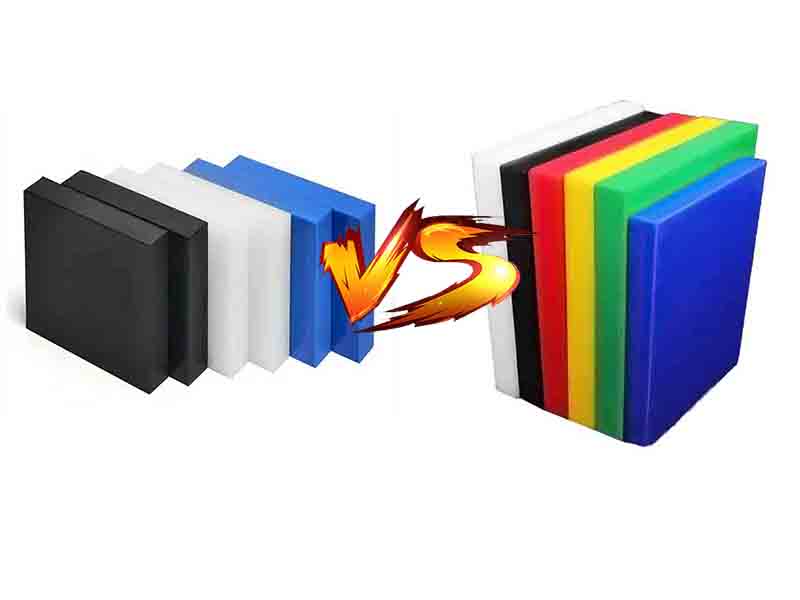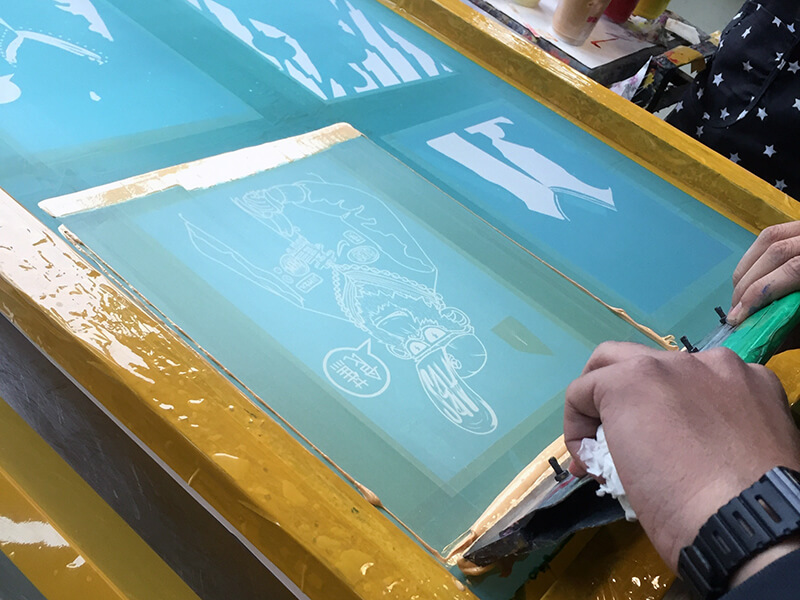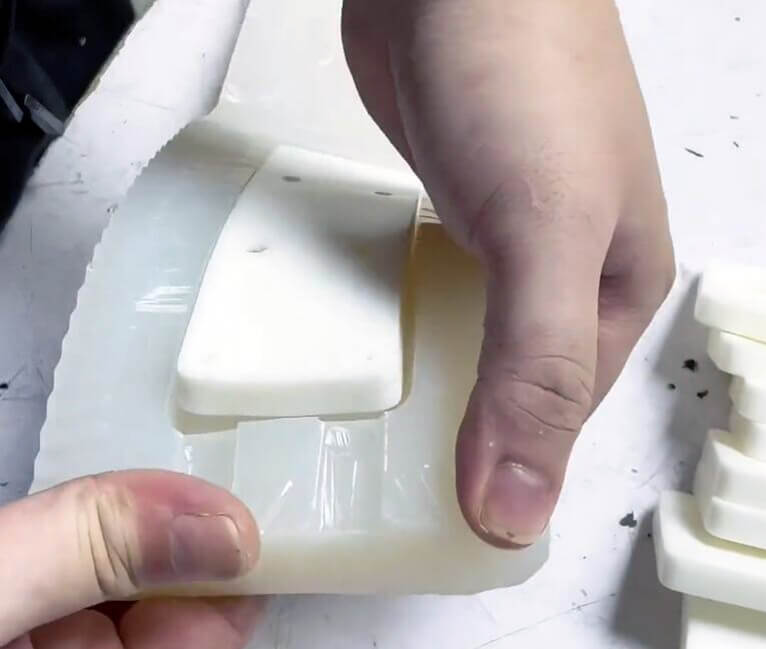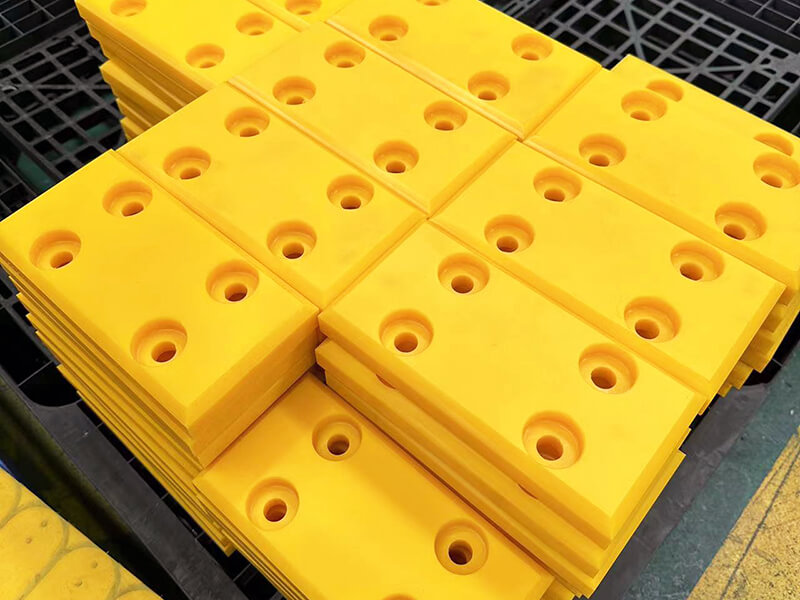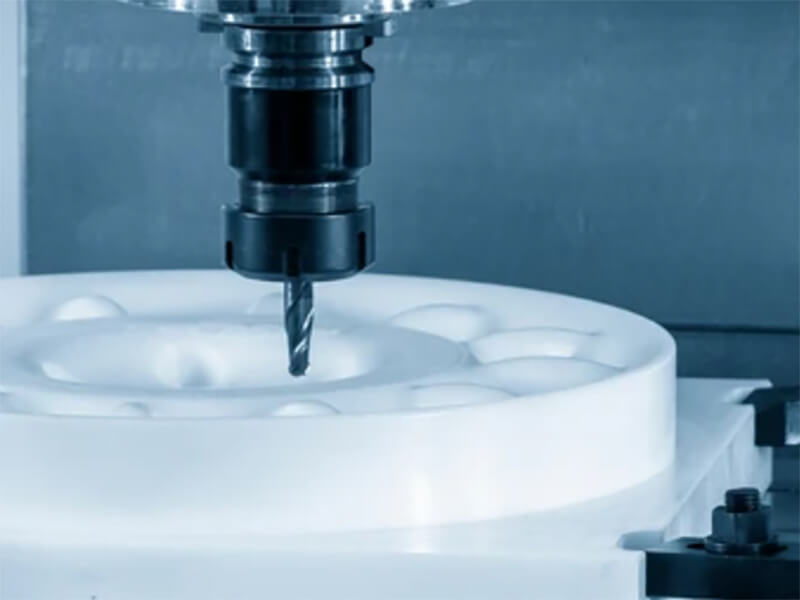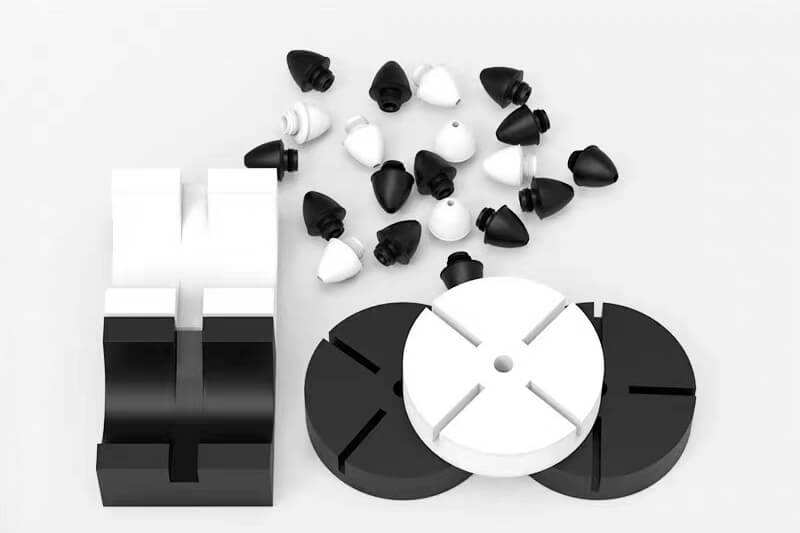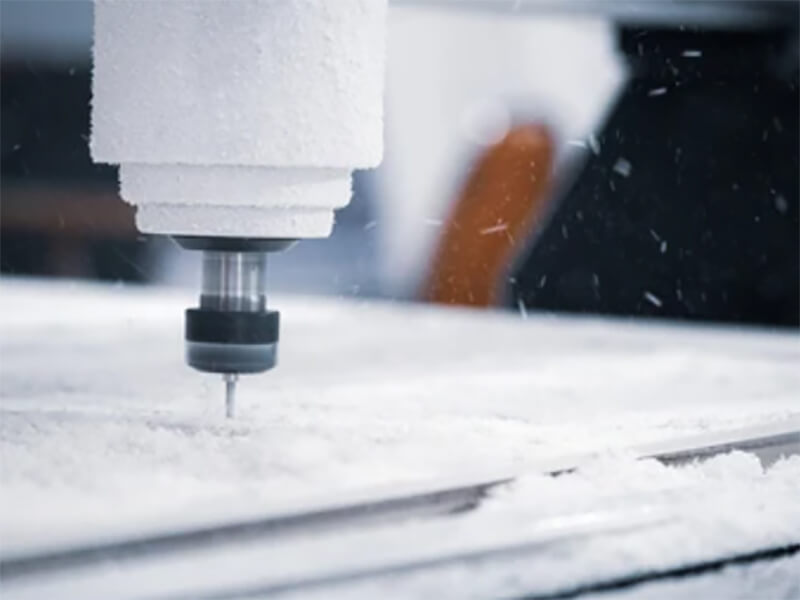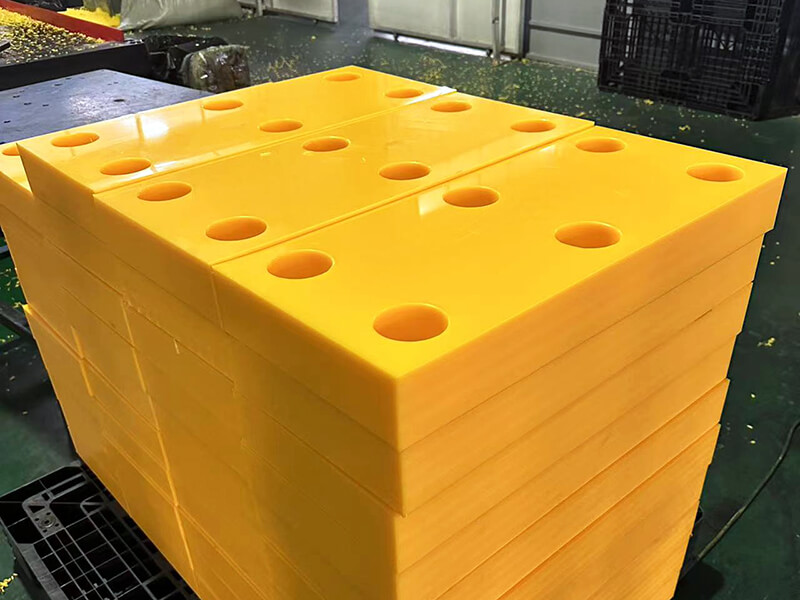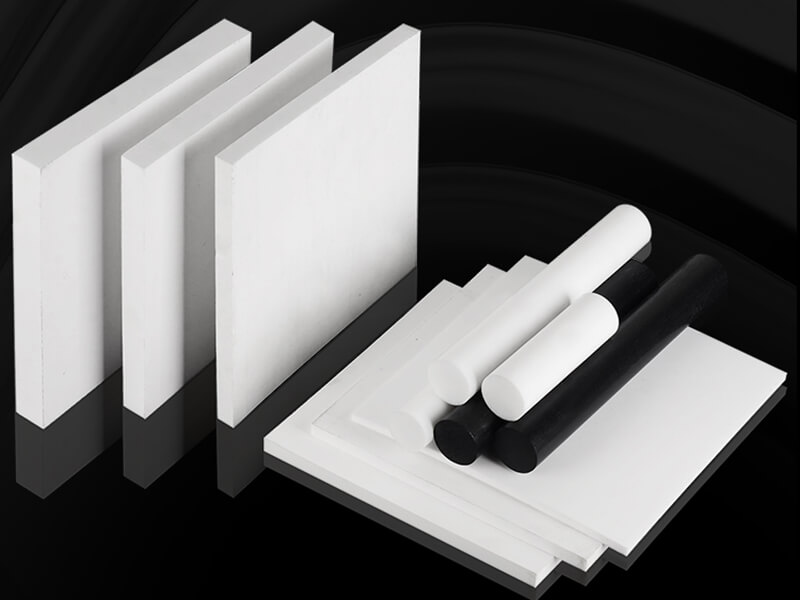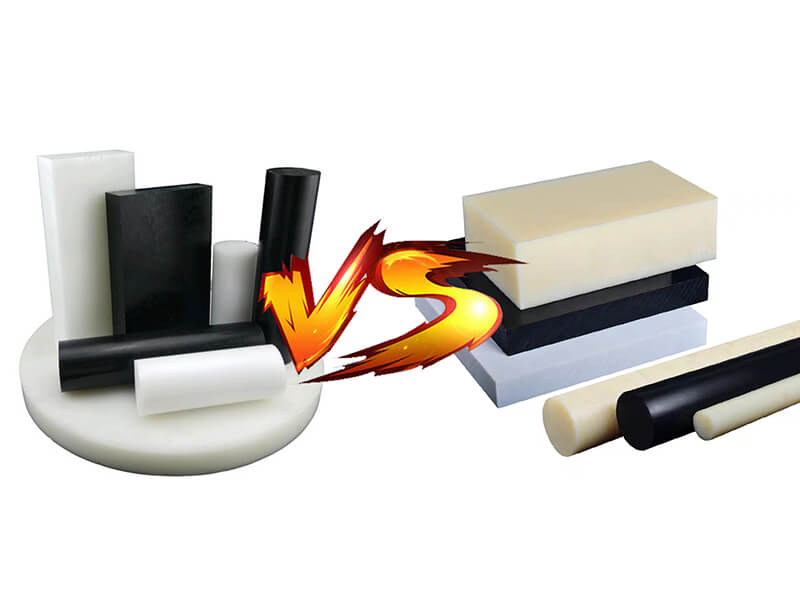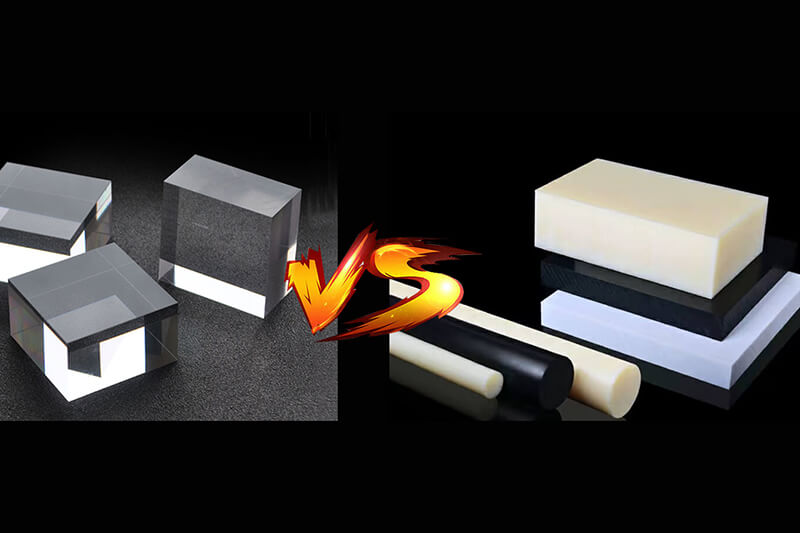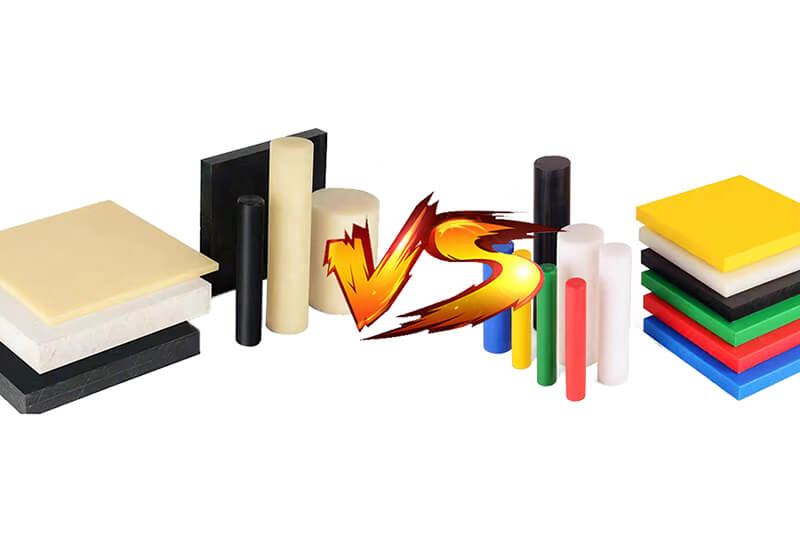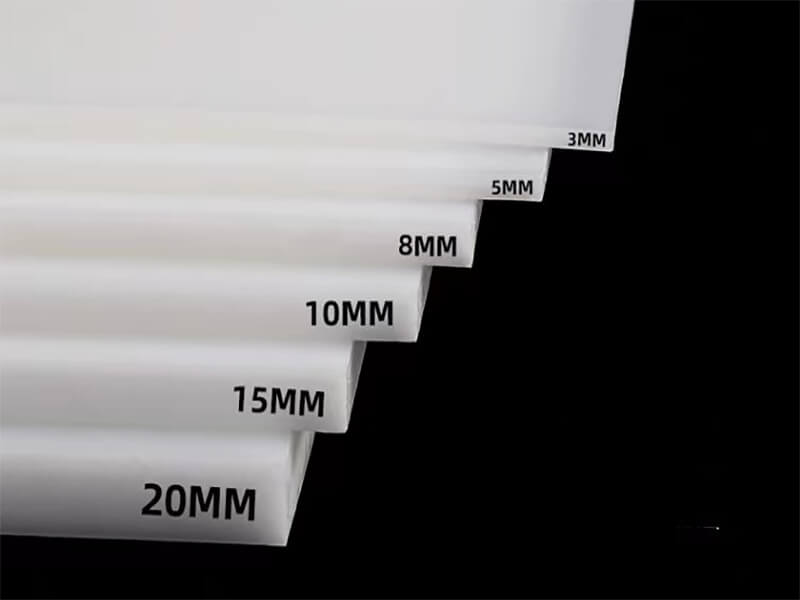About Acrylonitrile butadiene styrene (ABS)
Acrylonitrile butadiene styrene (ABS) is a common thermoplastic polymer, derived from acrylonitrile, butadiene, and styrene, the glass transition temperature is approximately 105 °C (221 °F), and it is amorphous and therefore has no true melting point. Compared with other common polymers, ABS offers excellent mechanical properties, for example, impact resistance, toughness, and rigidity. ABS offers great chemical resistance and is resistant to aqueous acids, alkalis, concentrated hydrochloric and phosphoric acids, and animal/vegetable/mineral oils.
ABS Plastic is also a durable plastic used in a wide variety of manufacturing. Generally speaking, ABS has two major categories, one is for extrusion, and another is for injection molding, it offers excellent mechanical properties within a temperature range from −20 to 80 °C (−4 to 176 °F). Extrusion ABS can be extruded into sheets, blocks, rods, and tubes in different colors and sizes. Injection ABS can be made to any plastic part according to the injection mold.
There are many ABS grades according to different performance, for example, Machine Grade ABS, Forming Grade ABS (vacuum formable ABS), Flame Retardant ABS, ESD ABS (anti-static), 3D printing Grade ABS, etc. Machine Grade ABS is normally extruded into sheets, blocks, and rods, and is easily machined by common machining processes including turning, drilling, milling, sawing, electroplating, and dyeing/painting.
As one of the popular engineering plastics, ABS is used frequently in wide applications, such as Automotive, Aerospace and Aircraft, Electronics, Construction, Medical and Pharmaceutical, Food and Beverage, and Home Appliances.
Specification about Acrylonitrile Butadiene Styrene (ABS) plastic
Profile/Shape
Grade
Color
Production process
ABS sheet
ABS Rod
ABS Tube
Remark
Properties of ABS Plastic
Main Feature of ABS Plastic
Main Usage of ABS Plastic
Main Industry
Can’t find what you need? Or need a custom ABS Plastic?
Leading Supplier of ABS Plastic In China
UVTECO is one of the leading suppliers of ABS plastic in China. We stock frequently used ABS for fast delivery, including ABS Sheets and rods. Meanwhile, UVTECO provides an integrated machining solution for ABS-based parts/components. The main machining methods include cutting, drilling, 3-axis and 5-axis CNC milling, CNC Turning, injection molding, thermal forming, engraving, etc.
As an ISO-certificated company, UVTECO provides high-quality ABS-based products and parts/components for more than 2,500 clients from more than 45 countries. They work in the automation, automobile, medical, aerospace, appliance, electrical, and electronic industries, among other industries.
Contact UVTECO for machining ABS Plastic service
Related Blogs about ABS Plastic
Frequently Asked Questions about ABS Plastic

Looking for a trustworthy Supplier
Need a Trustworthy Supplier of Plastic, Foam, Sponge, Rubber, Metal, and Machining Solution. Click the Button, We Will Be In Touch With You As Quickly As Possible.
